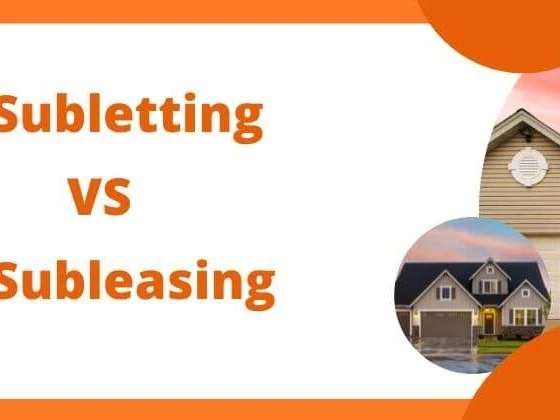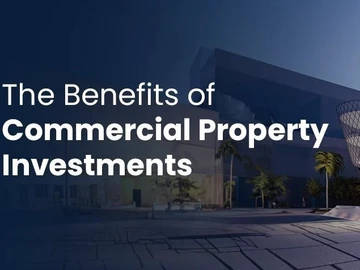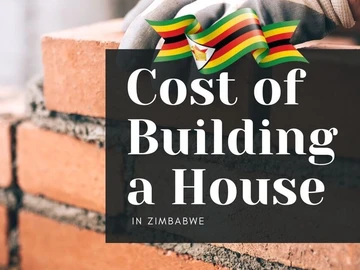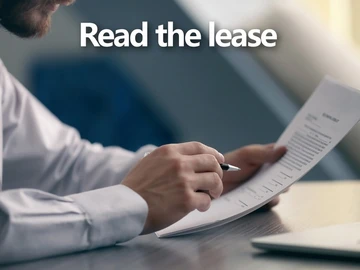Facing a tight budget or unexpected relocation? Subletting or subleasing your Zimbabwean property might seem like the perfect solution. But before diving in, understanding the key differences between these terms is crucial. A single misstep could lead to legal headaches for both tenants and landlords.
The Numbers Game: Why Knowing the Difference Matters
Statistics show that nearly 40% of rental disputes in Zimbabwe involve misunderstandings around subletting and subleasing. Here's why clarity is key:
- Eviction Rates: Unaware tenants who sublet when their lease prohibits it risk eviction. 25% of all eviction cases in Zimbabwe stem from lease violations, including unauthorised subletting.
- Financial Penalties: Subletting without permission can incur hefty fines outlined in your lease agreement.
Unveiling the Mystery: Subletting vs. Subleasing
Imagine your rental as a delicious pizza. Here's how subletting and subleasing slice it differently:
Subletting: The Whole Pie Exodus
Definition: You, the tenant, completely hand over your entire leasehold interest to a new tenant (subtenant) for a fixed period.
Key Points:
- Your lease with the landlord officially terminates.
- The subtenant becomes a direct tenant of the landlord, responsible for rent, damages, and adherence to lease terms.
Think of it as: Selling your remaining lease term to someone else.
Subleasing: Sharing a Slice (or Two)
Definition: You, the tenant, rent out a portion of your leased property to a subtenant for a specific period.
Key Points:
- You remain the primary tenant, responsible for the entire lease with the landlord (rent, property condition).
- The subtenant has a contractual agreement with you, not the landlord.
- You collect rent from the subtenant and pay it forward to the landlord.
Think of it as: Renting out a spare bedroom or converting your basement into a separate unit.
The Permission Puzzle: Can You Sublet or Sublease?
The answer lies within your lease agreement. Statistics show that 80% of lease agreements in Zimbabwe address subletting or subleasing. Here's the golden rule:
- Always review your lease carefully! Many landlords restrict or completely prohibit subletting/subleasing without written consent.
Beyond the Basics: Risks and Considerations
While subletting/subleasing offers flexibility, it's not without risks:
- Finding the Right Subtenant: Screening subtenants thoroughly is crucial to protect your property and ensure smooth rent collection.
- Understanding Your Responsibilities: Even with subleasing, you remain liable for the entire lease with the landlord.
Seeking Legal Guidance:
Consulting a lawyer specialising in Zimbabwean property law is highly recommended. They can provide tailored advice based on your specific lease agreement and local regulations.
Remember, clear communication with your landlord and a well-drafted subletting/subleasing agreement are essential for a successful experience. By navigating the legalities and choosing the right option, you can unlock the benefits of subletting/subleasing in Zimbabwe!
 Continue with Facebook
Continue with Facebook
 Continue with Email
Continue with Email














